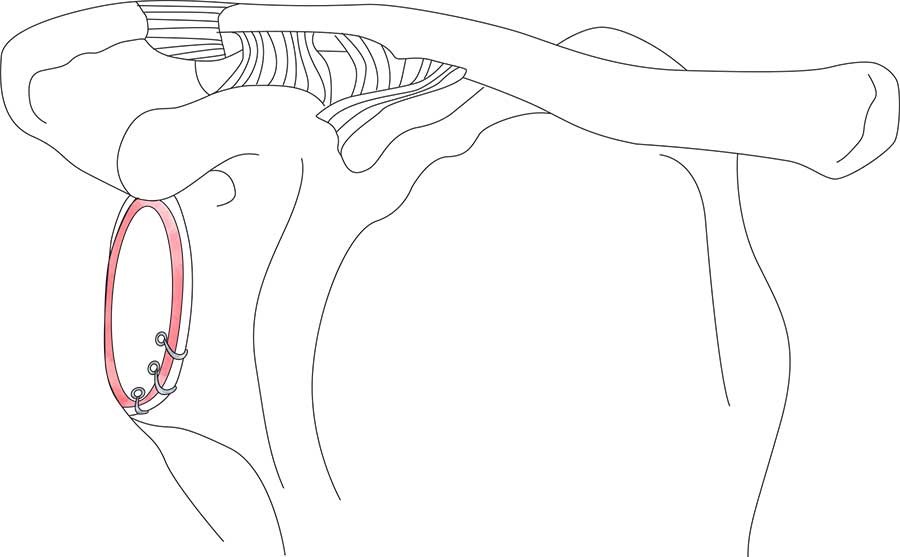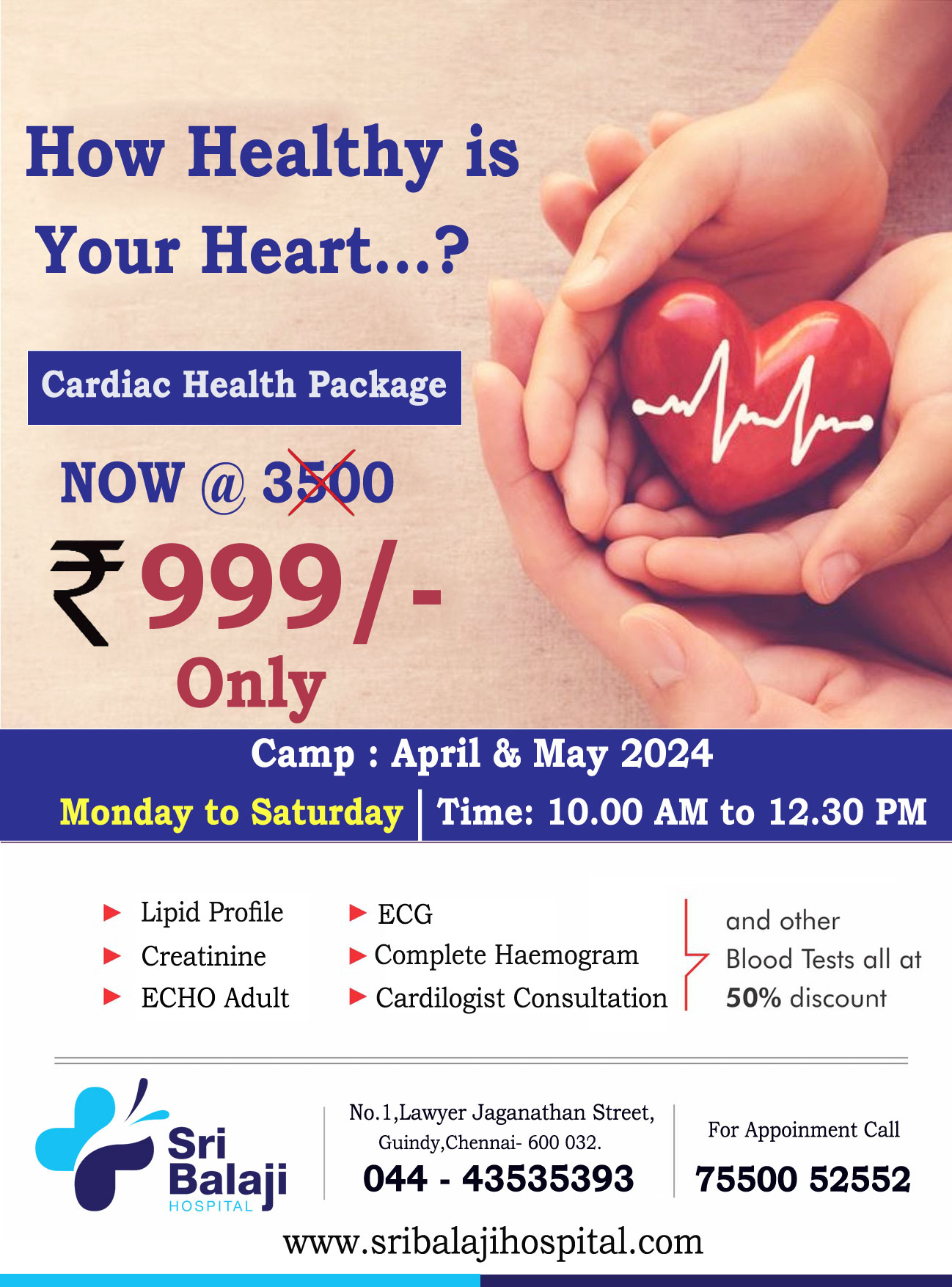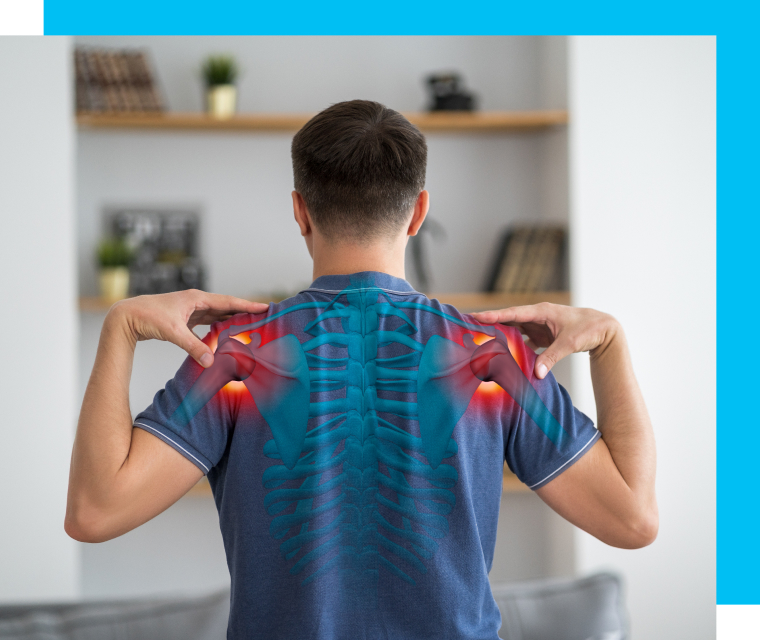
The shoulder is made up of:
Shoulder arthroscopy is a surgical procedure in which an arthroscope is inserted into the shoulder joint to view the entirety of the joint and detect/ repair/ reconstruct injuries associated with the finer injuries/ diseases which do not recover the traditional “open surgery” technique.
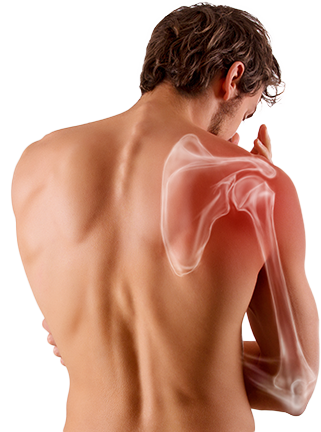
NOT ALL shoulder problems/ injuries require surgery or even a keyhole surgery. In fact, most arthroscopic or keyhole surgeries are suggested only when all forms of non-operative treatment have failed or are forecasted to be non-beneficial for the individual.
Arthroscopic or keyhole surgery is often the preferred surgical approach for the following shoulder problems, including but not limited to:
An arthroscope is a small fiber-optic device which comprises several parts, such as:
Here at Sri Balaji Hospital, we use the state-of-the-art Smith & Nephew arthroscopic system with 4K quality to visualise the affected joint as a whole. It can screen for associated injuries (sometimes missed even during MRI studies).
Small incisions (known as portals) are made around the joint area. Through one portal, the arthroscope (the viewing device) is inserted to view the shoulder joint. The other portal is used for the insertion of surgical instruments to probe various parts within the joint and repair the damaged shoulder.
Arthroscopy is a far less invasive method of exploring the muscles, ligaments and tissues and the damage to them. Also, in contrast to open surgeries, the approach and surgery itself cause little to no damage to the surrounding non-damaged areas when compared to traditional open surgeries. However, it must still be noted that arthroscopic surgeries have specific indications for use, as mentioned above.
Here at Sri Balaji Hospital, we follow specifically designed protocols for post-operative rehabilitation, taking into account the
Conditions not involving tears, such as sub-acromion decompression, arthroscopic release of frozen shoulder, arthroscopic removal of loose bodies, or debridement, allow individuals to resume shoulder mobilisation within the first 24 hours following the surgery.
For arthroscopic repairs of torn elements (rotator cuff, labral tears, recurrent dislocation repair surgeries) of the shoulder, rehabilitation involves the following protocol as devised by our expert team at Sri Balaji Hospital:
Within 24 hours: Discharge to home
Up to 2 weeks: Ice packs and gentle passive movement of the operated shoulder with limitless movement to the elbow and wrist of the same side. Patients can start having a bath immediately from day 1 of surgery.
At 2 weeks: Suture (stitch) removal with passive movement of the operated shoulder up to 45 degrees.
2 to 4 weeks: Active range of movements up to 45 degrees and passive movements between 45 & 90 degrees are encouraged.
4th to 6th week: Unrestricted movement in all planes and directions.
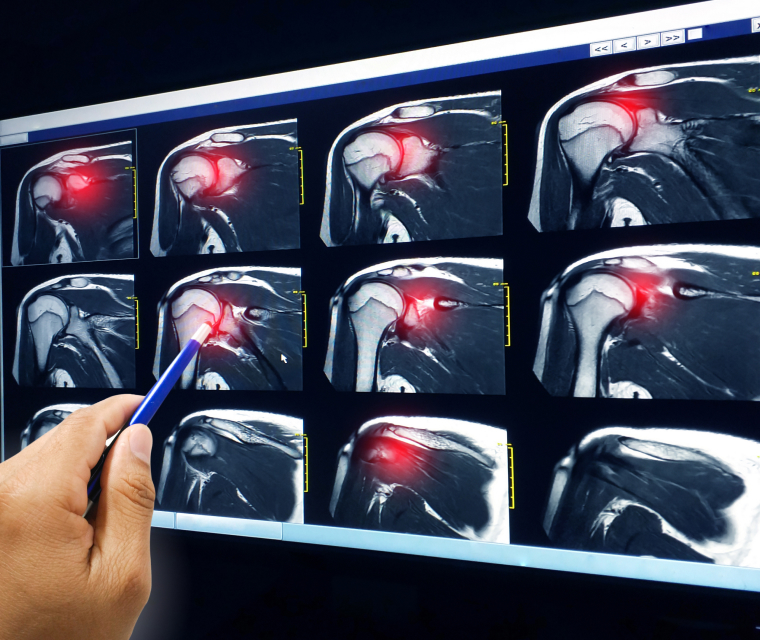
Rotator cuff muscles are a group of muscles entrusted with the function of lifting and rotating the arm. The rotator cuff is made up of the following muscles:
Although the rotator cuff is a strong muscle group, cuff tears can occur as a result of thinning of the muscles with progressive age (degenerative cuff tears) or due to injury.
The severity of Rotator cuff tears is graded based on the size of the tears. They are
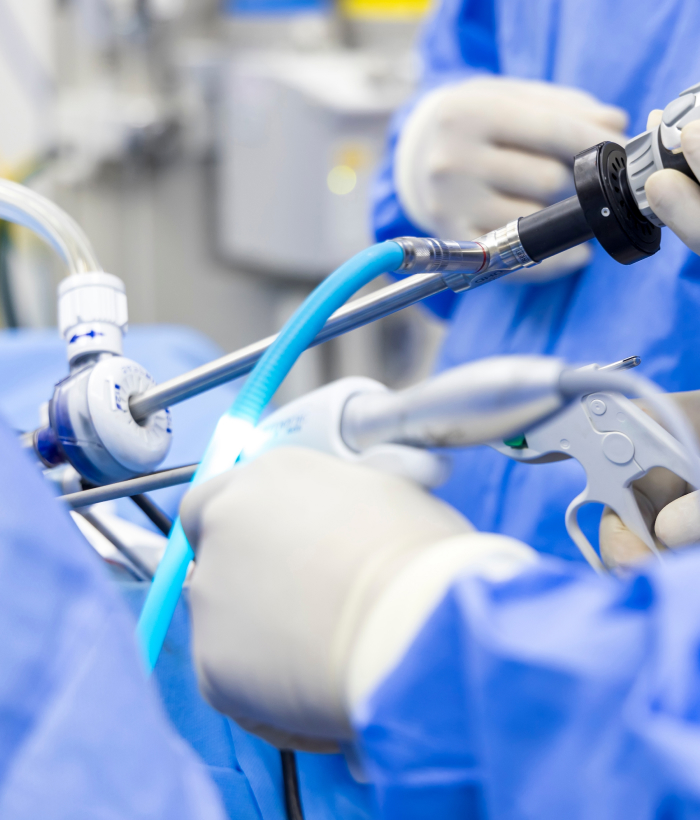
Most patients who suffer a dislocation of the shoulder following an injury often suffer a tear of the labrum (which lines the socket of the shoulder to provide depth & thereby provide stability).
These tears (known as labral tears) can affect the stability of the head of the humerus (the ball which lies within the socket), resulting in instability and recurrent dislocations.
Patients with recurrent shoulder dislocations may have an isolated labral tear or associated injuries to the ball & socket joint, such as chipping off of the bone of the socket or flattening of the ball (due to frequent sliding out of the ball through the surface of the socket) which further increases the “wear & tear” and also the risk of recurrent dislocations.
The arthroscopic Bankart repair is a procedure which helps in repairing this labral tear, thus bringing back the stability to the shoulder joint. In isolated labral tears, this surgery alone is sufficient to bring back the desired stability.
However, when there is a combination of injuries, such as the chipping of bone or flattening, an additional procedure, known as remplissage, may be required. In case of large bony defects, an open procedure known as the latarjet may be necessary to bring about all-around stability to the shoulder joint.
The arthroscopic Bankart repair is performed using advanced bio-composite bone anchors that are fastened into the Glenoid (also known as the socket). The site of these anchors allows their eventual replacement by bone. The bone anchors have non-dissolving sutures attached to them. These sutures are then used to tie the torn labrum back to where it has torn off from the front of the socket.
